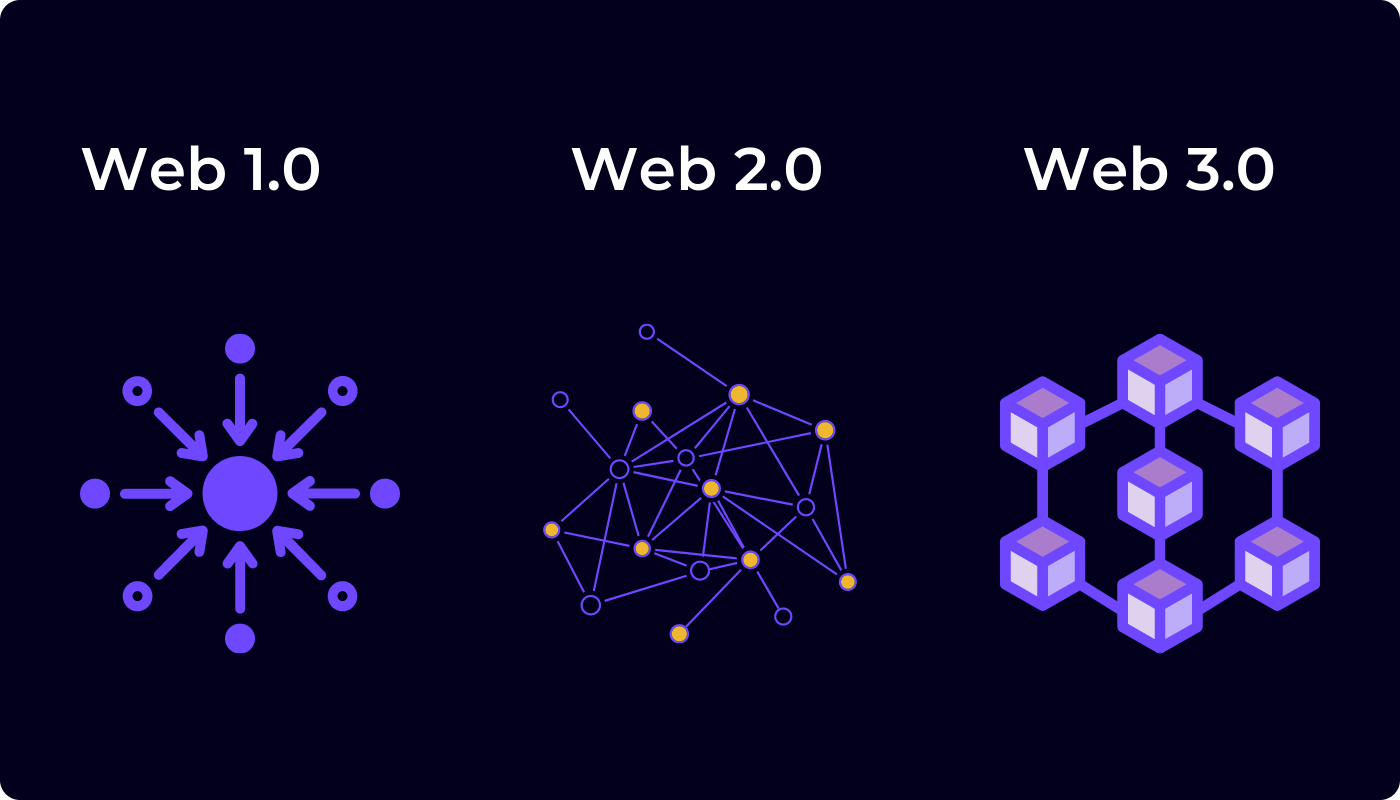
From Web2 to Web3: A Guide to NFTs on Facebook and Instagram
The company formerly known as Facebook has had its eyes on the next stage of the internet for a long time. In 2014, the tech conglomerate acquired Oculus — then a Kickstarter-funded project — with aims to throw its endless resources and the Oculus team’s expertise into launching the first entry-level VR headsets flooding the mass market. We’re not quite there yet, but Facebook has nonetheless continued its pivot into uncharted waters since then. Now it’s known as Meta, and it’s diving into Web3.
Besides Meta’s highly-publicized Horizon Worlds metaverse game, the firm is also bringing Instagram and Facebook — two of the most defining platforms of Web2 — into full Web3 functionality. But that shift won’t happen overnight, with intervals of introduction in store. This is why NFTs are taking center stage on Facebook and Instagram’s Web3 transition, and we’re here to explain everything you need to know about where NFTs fit into the future of these social media titans.
Instagram: From image-sharing platform to NFT marketplace
When Instagram launched in October 2010, it was marketed as a free smartphone app wherein users could freely share photos with their social circles. But, given the comparatively primitive camera hardware of most smartphones back then, most results weren’t pretty. However, amid the sea of grainy iPhone 4 selfies was actual photography. Sometimes art, too.
Twelve years and a Facebook acquisition later, for millions of people, Instagram is social media. It’s since expanded its suite of services from simple image-sharing to include carousels, videos, and — since May 2022 — NFTs. Following a January 2022 announcement regarding the site’s future NFT-ready feature set, Instagram looked primed for a year of massive changes. So what type of NFT functionalities can Instagram’s userbase enjoy today?
How Instagram NFTs work
And the reason for that extends beyond the obvious brand recognition of Instagram. To further facilitate Instagram’s potential status as a massive Web3 onboarding platform, Meta has placed considerable focus on ensuring that availing of Instagram’s brand-new NFT features is as easy and accessible as possible. Creators, collectors, and whoever else hopes to use these features have them available in a few simple taps.
So what’s the appeal of Instagram’s NFT implementations? To start, Meta has emphasized several key features, like sharing NFTs as posts, which will be entirely free of charge. Additionally, once its NFT marketplace services get up and rolling, it’s promised to be completely free of gas fees, at least for the time being. Fees on the iOS and Android app stores may also still apply.
Meta also aims to ensure its list of compatible blockchains and crypto wallets is as inclusive as possible. According to a November blog post, among its growing list of compatible blockchains are Ethereum, Polygon, Flow, and Solana. As for crypto wallets, compatible wallets listed include MetaMask, Trust Wallet, Rainbow, Dapper, Phantom, and the Coinbase Wallet.
So what kinds of NFTs could you put up for display on Instagram? In theory, anything. So long as there’s a visual component of some kind. Also mentioned in Meta’s November blog post is a recent expansion to the types of NFTs users can share, and eventually trade, on the platform. Namely, video and animated NFTs.

